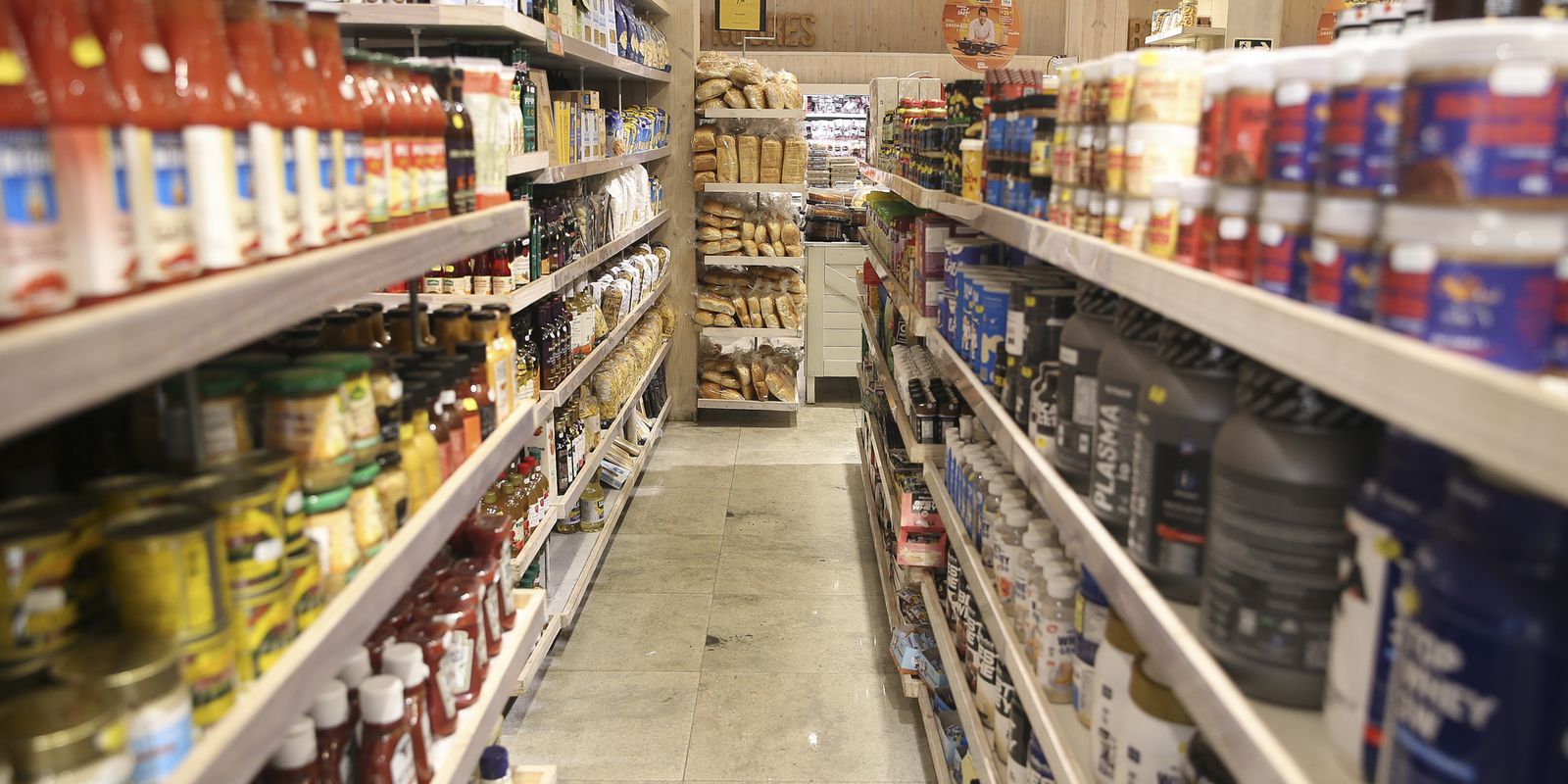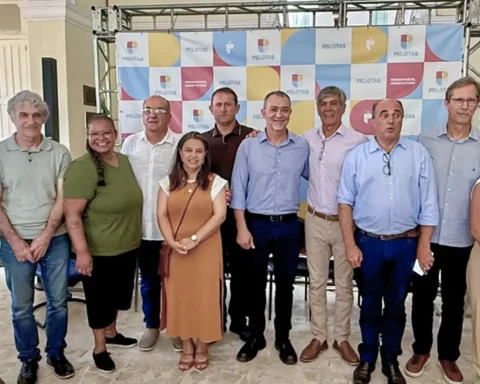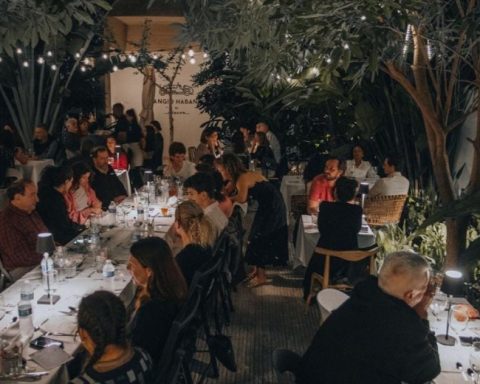The states of the North Region are among the federation units that have responded more intensely in recent months to the acceleration of the pace of recovery in post-pandemic retail sales volume. This is what a survey carried out by the National Confederation of Commerce in Goods, Services and Tourism (CNC) pointed out, based on the crossing of public data from different sources.
According to the study, five of the seven federation units that make up the region advanced above the national average, which was 1.6%. The research showed that the first in the national growth ranking are Roraima, with 17.1%; Pará, with 15.7%; Amapá, with 14.6%; Amazonas, with 6.2%, and Rondônia, with 3.2%.
The CNC informed that the states of the North Region stood out in the analysis from the perspective of the circulation of consumers in relation to the recovery in the level of activity in high street retail. Data from Google Mobility indicated that “the flow of people in establishments dedicated to the sale of goods or services has practically normalized in relation to the beginning of 2020”.
According to the entity, at the end of July, the lag was 1% compared to the period between January 3 and February 6, 2020, considered as the basis for the research.
national e-commerce
Also according to the survey, the states of São Paulo and Rio de Janeiro were the epicenters of the health crisis. “These states have accounted for 37% of the cases of covid-19 since March 2020 and, due to measures to reduce mobility to contain the virus, they were the last units of the Federation on the list of the resumption of consumer circulation”, said the CNC. .
Information from Neotrust, known as the largest source of data and intelligence on Brazilian e-commerce, indicated that the Southeast Region concentrated 65% of this type of commerce in 2020. This is quite different from the 2% recorded in the North Region that year.
For the president of CNC, José Roberto Tadros, the more developed logistics structure in São Paulo and Rio de Janeiro certainly contributed to a lesser dependence of trade in relation to on-site consumption. “This favored the process of digitization of consumption and helped in the resumption of the level of activity in the sector”, he said.
Sales
The study also showed that, in the national context, the volume of Brazilian retail sales fell by 0.4% and 1.4% in May and June 2022, respectively, compared to the months of April and May. Even so, according to the CNC, the level of activity remained 1.6% above the level observed in February 2020, the month before the beginning of the pandemic in Brazil.
Brazilian retail accumulated a retraction of 18.9% in the first two months of the pandemic, which were March and April. The CNC economist, responsible for the research, Fabio Bentes, commented that the reversal of the level occurred with the relaxation of restriction measures and the release of emergency aid to the poorest population. “These losses were mitigated in May and June of the same year, until the availability of emergency resources to the population and, mainly, the beginning of the process of easing restrictive measures in the second half of 2020, restored the level of activity in the sector”, explained.
According to Bentes, since the second half of 2020, the evolution of sales has fluctuated according to the variation in consumption conditions and the severity of the health crisis. “The losses compared to February 2020, for example, coincided with the phases of resurgence of the health crisis, as in the second wave of cases, recorded in the first quarter of 2021, and the arrival of the Ômicron variant, last December,” he said. .
















